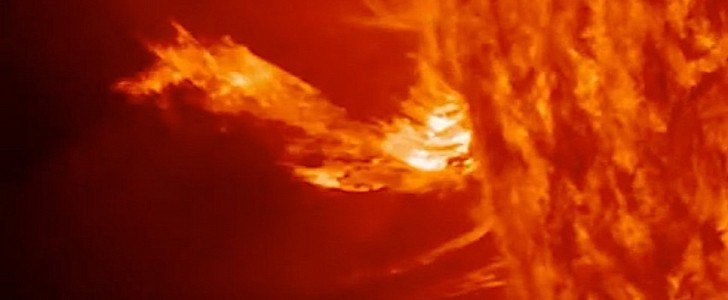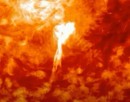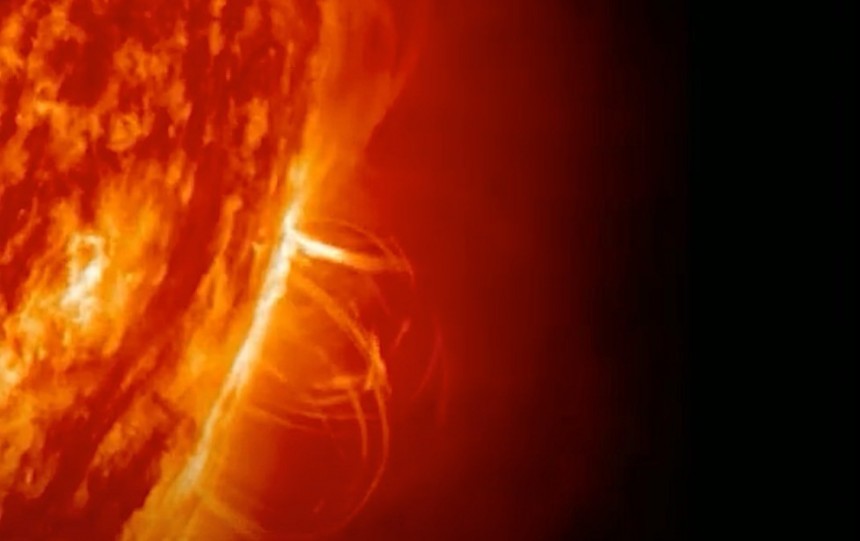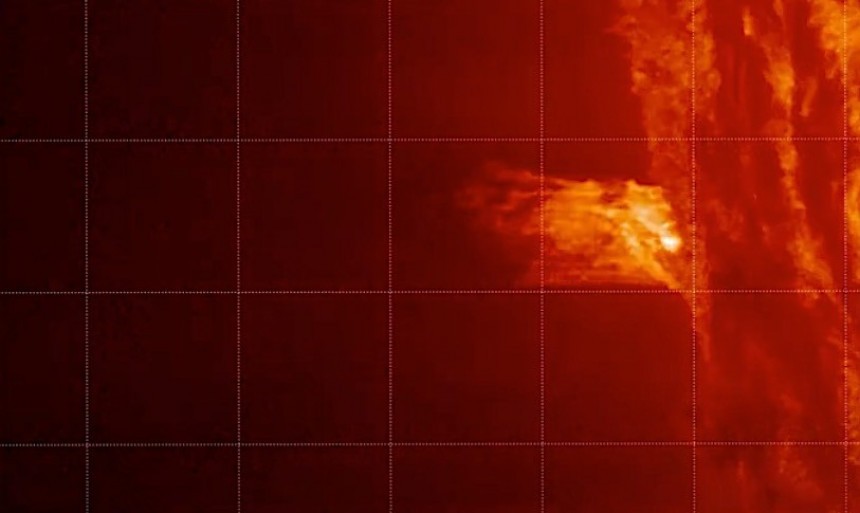The sun is a very peculiar presence of our solar system. Like all its siblings everywhere in the Universe, it’s too extreme to support life itself, but the light and warmth it radiates supports billions of living creatures on a planet millions of miles away.
In itself, the star is so fascinating that it requires literal armies of people to study it, and we’re nowhere near understanding it. And not even those specialized armies seem not to be enough, if we are to judge by an announcement made back in December by researchers at the University of Minnesota, backed by NASA.
The general problem is the amount of data coming in from the hardware we already have in place to look at our star is too vast to handle. So, help is wanted, and where better to look than in our vast world, among the hundreds of millions of people who own a computer of their own?
The call to arms is simple: everyone with a dream of becoming astronomers, and not only them, can help scientists study the Sun. Not the Sun as a whole, to be fair, but something called solar jets.
As most of you know by now, the Sun is a very dynamic place. It erupts, flares, heats up and cools down, and its direct reach expands far beyond what we generally perceive as being its surface. One way it does this is by means of jets, nothing more than small and narrow bursts of hot plasma reaching out into neighboring space.
A better understanding of this phenomenon could lead in turn to a better understanding of how the Sun works, and how its activity has an effect on the conditions here on Earth. And the best way to do that is to compile the vast amount of data already available.
Back in December 2021, the University of Minnesota asked for volunteers to join a Zooniverse citizen science project called Solar Jet Hunter (Zooniverse is “the world’s largest and most popular people-powered online research platform,” a place where volunteers can join research projects).
From home, and using their own computers, people were asked to comb through thousands of images of the Sun, compiled in short movies, snapped by the NASA Solar Dynamic Observatory over the last eleven years. Using only their eyes, they had to spot instances of solar jets.
Once spotted, volunteers were asked to “provide information about the jets by annotating the images where solar jets are found.”
The project is now listed as completed (but will be re-launched soon with a new set of images), and the numbers are impressive. Over 1,500 amateur astronomers played this extreme-for-the-eyes game, uncovering close to 34,000 instances of solar jets, meaning about 22 sightings per person.
All this new information about the Sun’s activity over the past decade will be included in a database that is currently being built. Aside from the obvious scientific advantages of having such a database, a partly automated algorithm for the detection of solar jets could be developed. One does not exist now, leaving the task of finding them to the good old human eye.
At a scientific level, researchers speculate solar jets “could be linked to energetic particles and perturbations in the solar wind,” and mapping their emergence could help prove or disprove that. Also, having this data on record might help make better sense of the info coming back from the most recent spacecraft currently on mission to study the Sun, namely the American Parker Solar Probe and the European Solar Orbiter.
At the time of writing, there is no info as to when the University of Minnesota will re-launch the Solar Jet Hunter project.
The general problem is the amount of data coming in from the hardware we already have in place to look at our star is too vast to handle. So, help is wanted, and where better to look than in our vast world, among the hundreds of millions of people who own a computer of their own?
The call to arms is simple: everyone with a dream of becoming astronomers, and not only them, can help scientists study the Sun. Not the Sun as a whole, to be fair, but something called solar jets.
As most of you know by now, the Sun is a very dynamic place. It erupts, flares, heats up and cools down, and its direct reach expands far beyond what we generally perceive as being its surface. One way it does this is by means of jets, nothing more than small and narrow bursts of hot plasma reaching out into neighboring space.
Back in December 2021, the University of Minnesota asked for volunteers to join a Zooniverse citizen science project called Solar Jet Hunter (Zooniverse is “the world’s largest and most popular people-powered online research platform,” a place where volunteers can join research projects).
From home, and using their own computers, people were asked to comb through thousands of images of the Sun, compiled in short movies, snapped by the NASA Solar Dynamic Observatory over the last eleven years. Using only their eyes, they had to spot instances of solar jets.
Once spotted, volunteers were asked to “provide information about the jets by annotating the images where solar jets are found.”
All this new information about the Sun’s activity over the past decade will be included in a database that is currently being built. Aside from the obvious scientific advantages of having such a database, a partly automated algorithm for the detection of solar jets could be developed. One does not exist now, leaving the task of finding them to the good old human eye.
At a scientific level, researchers speculate solar jets “could be linked to energetic particles and perturbations in the solar wind,” and mapping their emergence could help prove or disprove that. Also, having this data on record might help make better sense of the info coming back from the most recent spacecraft currently on mission to study the Sun, namely the American Parker Solar Probe and the European Solar Orbiter.
At the time of writing, there is no info as to when the University of Minnesota will re-launch the Solar Jet Hunter project.










